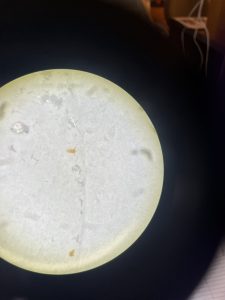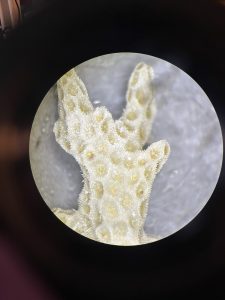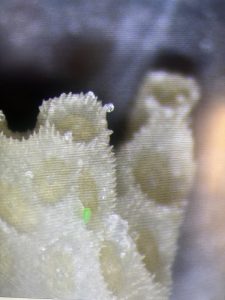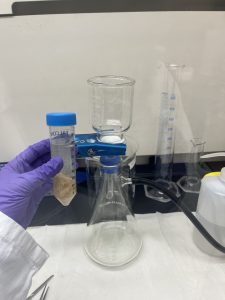Student research in the Padilla-Gamiño lab
What’s been happening in the Padilla-Gamiño lab? For our latest student takeover, Kat Arnett joined to share more about her work in coral science and conservation. 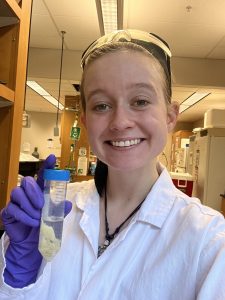
Hello! My name is Kat Arnett, and I am a graduating senior in the UW Marine Biology program. I am passionate about coral science and conservation!
I was first drawn to reef ecology when I began diving as a child. Seeing reefs teeming with biodiversity and getting to observe hundreds of small interactions was intriguing and beautiful. In college I had the opportunity to take a tropical marine biology class. I was thrilled to learn more about ecosystems around and within corals. I am very grateful to Dr. Padilla-Gamiño and her graduate students for allowing me the opportunity to help with important research in coral ecology. I am currently working with PhD candidate Callum Backstrom and fellow undergraduate Dylan Strauss to investigate heterotrophic interactions between coral, zooplankton (a natural food source for corals), and microplastics.
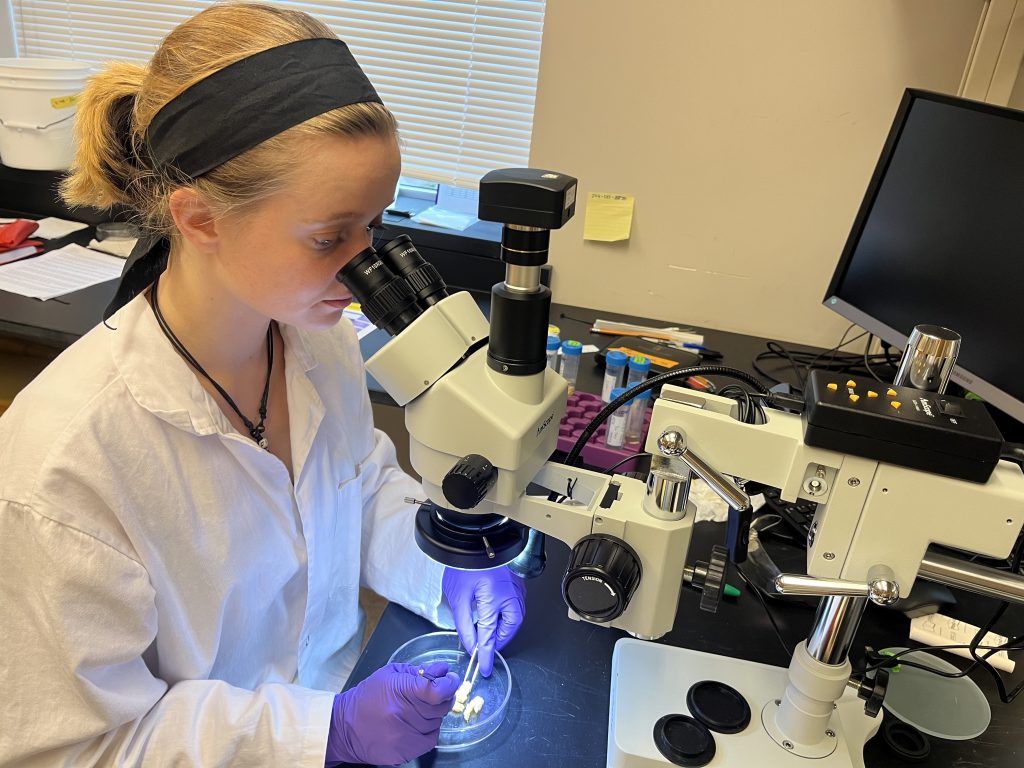
Corals have multiple ways of obtaining energy. They have a symbiotic algae which lives in their tissues and provides them with products from photosynthesis. They can also use their tentacles to capture plankton. When corals bleach, they expel their algae, losing their color and food source. In response, some species of coral feed more on plankton.
We seek to understand how bleaching status and the presence of zooplankton affect rates of microplastic adhesion and ingestion. We work with two species of coral, Pocillopora acuta and Montipora capitata which were collected from Hawai’i. In our experiment, we exposed corals to common microplastics—like tire wear particles—as well as zooplankton. These samples were then brought back to Seattle. To process the samples, we filter out the solution they were stored in and quantify microplastics and zooplankton present on the filters. We then dissect the coral fragments under a microscope, examining each polyp and surface for microplastics.
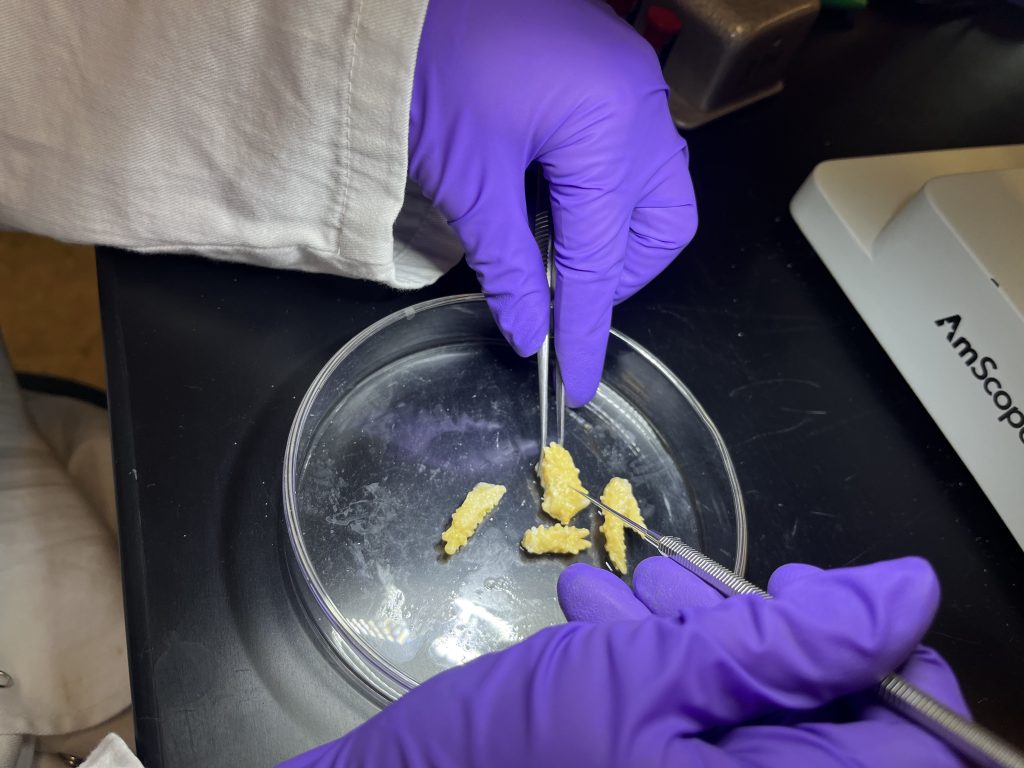
Coral reefs are among the most biodiverse places on earth. Though they cover less than one percent of the seafloor, a quarter of all marine life relies on them. These ecosystems are also vital for people. They provide food, shoreline protection, and cultural value. They also support the ecotourism and fishing industries. I am very grateful for the opportunity to study these important and interesting ecosystems.
- Zooplankton
- Coral viewed under a microscope
- Microplastic seen on a coral
- Filtering
